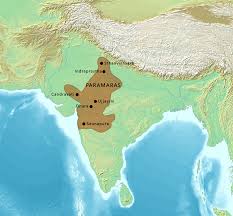The Original Surgical Strike, Operation Polo ends on September 17th, 1948. The last Nizam and his armies from hell, the Razakars surrender to the Indian troops after 3 days of hostilities. Hyderabad is liberated and enters the Indian Union.
We remain indebted to Sardar Patel.



We remain indebted to Sardar Patel.
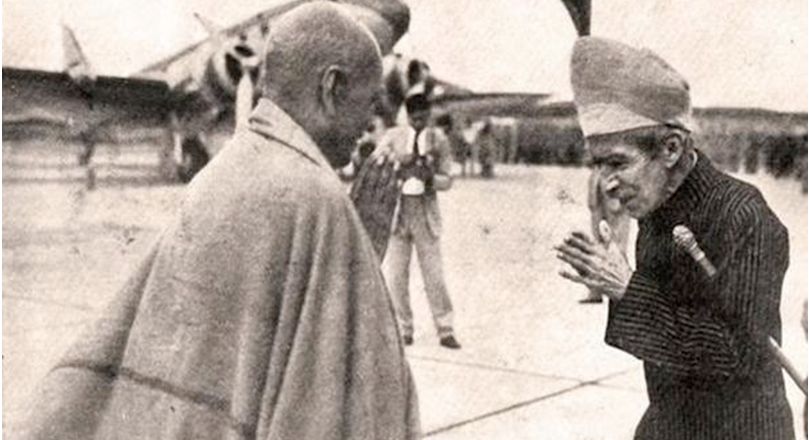
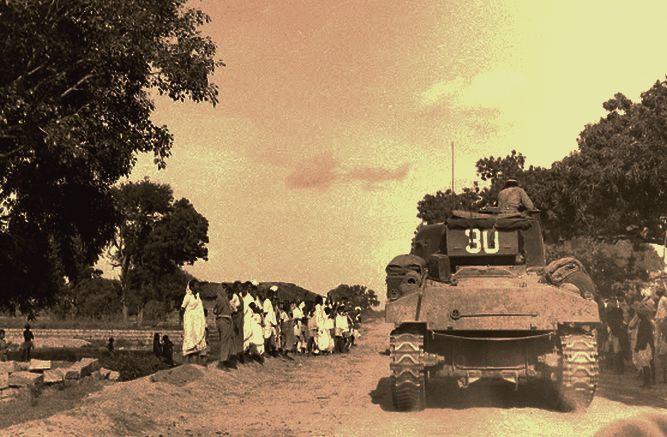
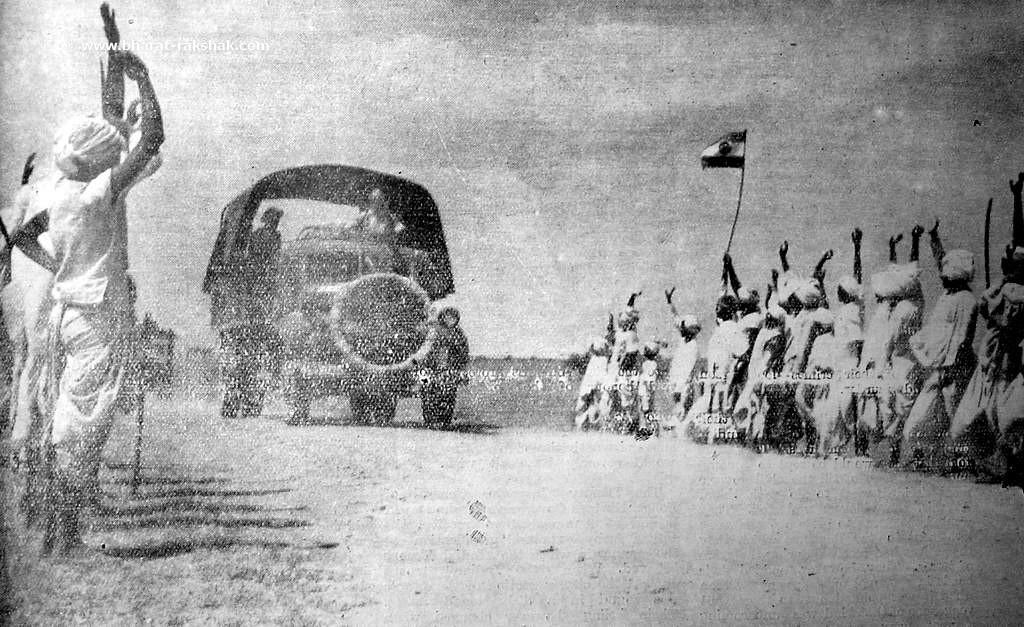
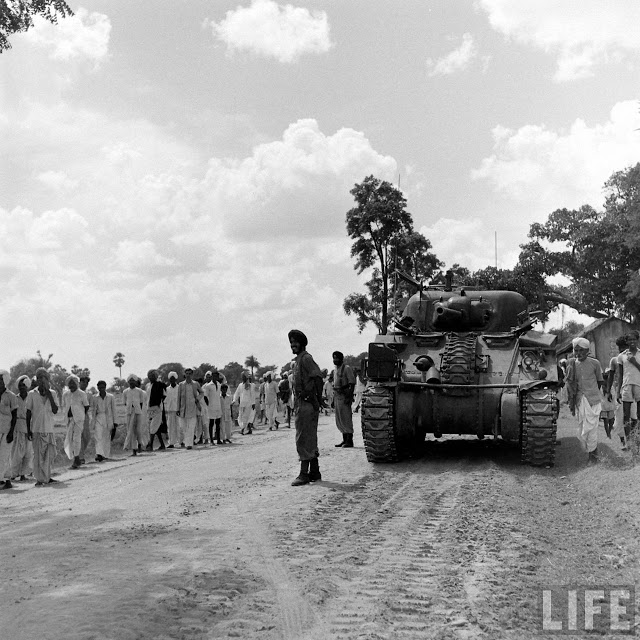
An often forgotten role in ensuring the fire for indepedence remained in the people of Hyderabad is of the Hindu Maha Sabha and the Arya Samaj. They led the people's revolt envisaging Hyderabad should join the newly formed India.
The efforts of the Andhra Maha Sabha, an organisation of the Telugu speaking folk of the Hyderabad state also need to be remembered. They eventually joined hands with the Communists against the Razakars.
And how can one forget the role of the Telangana Peasant Rebellion, which was a people's movement against the jagirdari system and bonded labour, eventually morphing into a struggle against the Razakars and the Nizam himself.
Swami Ramananda Teertha, an educator and freedom fighter who led the freedom struggle against the Nizam as the principal leader of the Hyderabad State Congress. He galvanised the population in favour of India and independence. 
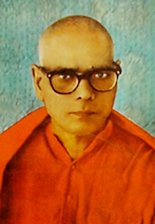
K M Munshi was the diplomatic envoy of India to Hyderabad. At 4 pm on 17th September, the Nizam met him to discuss the terms of his accession to India. Following his directions, the Nizam announced his decision over Radio.
Munshi personally oversaw the transfer of power to India
Munshi personally oversaw the transfer of power to India
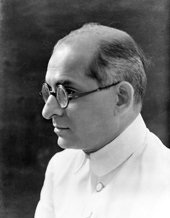
General Jayant Nath Chaudhari (on the right) led the First Armoured Division of the Indian forces which tore through the Nizam's defences from Solapur accepted the official surrender on 18th September from General El Edroos. He later became Army Chief. 
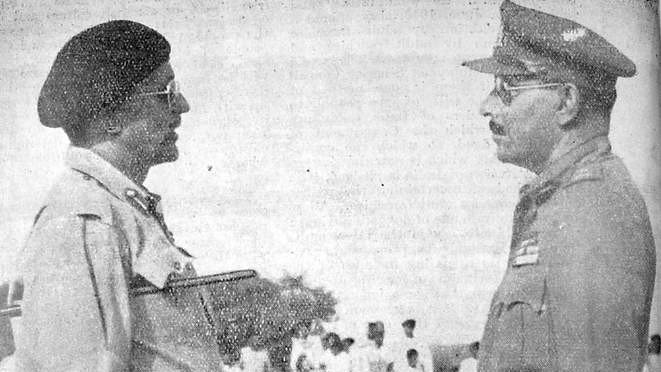
KM Munshi along with Swami Ramananda Teertha are two people who should be credited with the Integration of Hyderabad into India, along with the iron resolve of Sardar Patel.
Seen here with the Indian Army after the Nizam surrendered.
Seen here with the Indian Army after the Nizam surrendered.
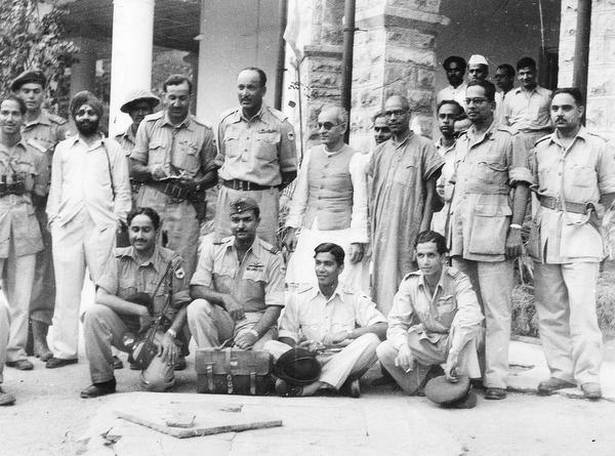
As i keep saying, India is a Union of States, and the Union is Indivisible, and indestructible. #JaiHind
#HyderabadLiberationDay
The End.
#HyderabadLiberationDay
The End.
• • •
Missing some Tweet in this thread? You can try to
force a refresh














